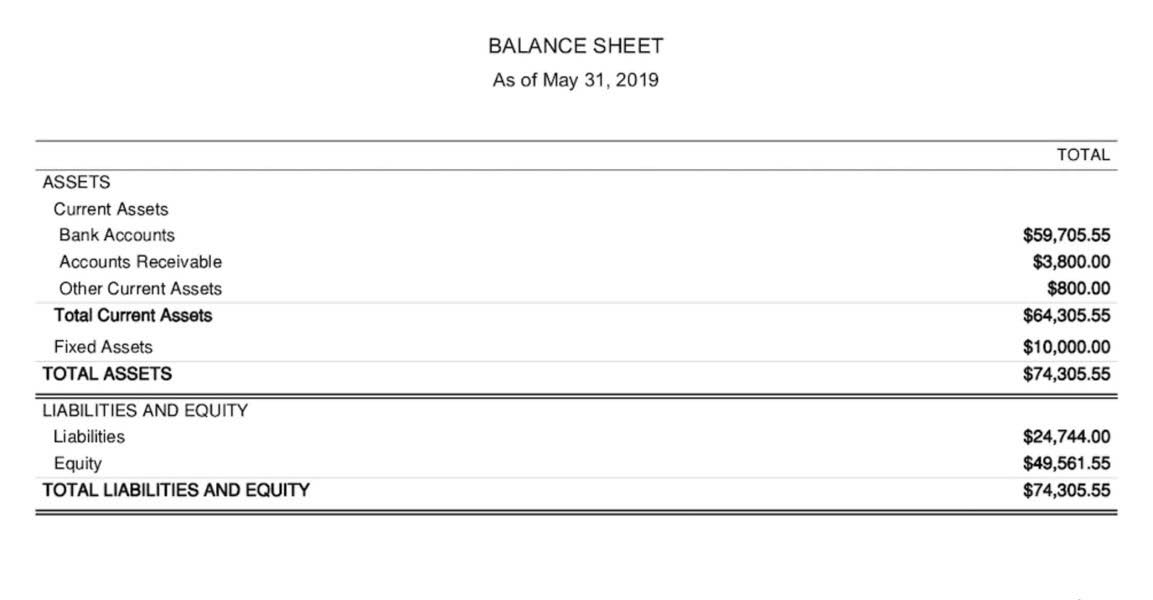Cash Flow from Financing Activities CFF: Formula and Calculations

A short-term liability refers to financial obligations that need to be paid within one year, and they’re listed in the current liabilities section of the balance sheet. The financing activities’ cash flow section shows how a business raised funds and returned the money to lenders and owners. T-Shirt Pros’ statement of cash flows, as it was prepared by thecompany accountants, reported the following for the period, and hadno other capital expenditures. Another useful aspect of the cash flow statement is to compare operating cash flow to net income. The cash flow statement reflects the actual amount of cash the company receives from its operations.
Cash Flow From Financial Activities FAQs
The cash flow from financing activities is the net amount of funding a company generates in a given period. It comes from transactions between the company and its investors and creditors. Cash flows from investing activities are cashbusiness transactions related to a business’ investments inlong-term assets.
Who Looks at the Cash Flow from Financing Activities (CFF) Section?
- For issued equity, earnings are shared with equity holders or stockholders through cash dividend payments.
- These include the conversion of debt to common stock or discharging of a liability by the issuance of a bond payable.
- If the starting point profit is above interest and tax in the income statement, then interest and tax cash flows will need to be deducted if they are to be treated as operating cash flows.
- Because of the misplacement of the transaction, the calculationof free cash flow by outside analysts could be affectedsignificantly.
- When analyzing a company’s cash flow statement, it is important to consider each of the various sections that contribute to the overall change in cash position.
Cash flows from financing activities refer to cash inflows and outflows due to transactions related to raising capital for a business during an accounting period. Cash flow from financing activities (CFF) is a section of a company’s cash flow statement that shows the net flows of cash that are used to fund the company. Financing activities include transactions involving debt, equity, and dividends. Cash Flow from Financing Activities is the net amount of funding a company generates in a given time period. Finance activities include the issuance and repayment of equity, payment of dividends, issuance and repayment of debt, and capital lease obligations.
- Assume you are the chief financial officer of T-Shirt Pros, a small business that makes custom-printed T-shirts.
- Since the income statement and balance sheet are based on accrual accounting, those financials don’t directly measure what happens to cash over a period.
- Assuming the business takes the equity source, it issues stock to investors who buy it for a share in the organization.
- These investments are a cash outflow, and therefore will have a negative impact when we calculate the net increase in cash from all activities.
- Some investors are happy with growth in the form of share price appreciation; they want the share price to go up.
Positive or Negative Cash Flow?
Companies commonly employ a blend of debt and equity for diverse financial needs, with the ideal proportion dictated by their capital structure. This considers aspects like cost of capital, risk profile, and preferred financial leverage. To wrap up, the cash flow from financing is the third and final section of the cash flow statement. Financial activity is any activity that involves the use of money or other financial instruments to generate profits.


If the business takes the equity route, it issues stock to investors who purchase it for a share in the company. These activities are used to support operations and strategic activities of a business. If the building is completely financed by a mortgage, the cash account is never changed. Businesses take on long-term debts to obtain funds to invest in new projects or buy capital assets, such as buildings or land.
Long-Term Liabilities
Short-term liabilities related to financing activities include dividends payable, short-term loans, and the current payable portion of long-term liabilities. Note that short-term liabilities and the current cash flow from financing activities portion of long-term debt are listed separately in the balance sheet. This is done to provide an accurate picture of a company’s liquidity and its ability to pay current obligations as they come due.
Salvage Value – A Complete Guide for Businesses
Many companies present both the interest received and interest paid as operating cash flows. Others treat interest received as investing cash flow and interest paid as a financing cash flow. The statement of cash flows (also referred to as the cash flow statement) is one of the three key financial statements. The cash flow statement reports the cash generated and spent during a specific period of time (e.g., a month, quarter, or year). The statement of cash flows acts as a bridge between the income statement and balance sheet by showing how cash moved in and out of the business. Cash flows from operating activities arise from the activities a business uses to produce net income.
Is Equity Financing Riskier Than Debt Financing?
- Investors are interested in understanding where a company’s cash is coming from.
- If the company is highly leveraged and has not met monthly interest payments, a creditor should not loan any money.
- Cash flows from financing activities are cashtransactions related to the business raising money from debt orstock, or repaying that debt.
- Issuing debt or borrowing doesn’t affect a company’s ownership because it doesn’t grant proprietary interest to creditors.
Companies that require capital will raise money by issuing debt or equity, and this will be reflected in the cash flow statement. We sum up the three sections of the cash flow statement to find the net cash increase or decrease for the given time period. This amount is then added to the opening cash balance to derive the closing cash balance. This amount will be reported in the balance sheet statement under the current assets section.
Those same transactions might cause concern for a mature company with few growth prospects. Equity financing comes with a risk premium because if a company goes bankrupt, creditors are repaid in full before equity shareholders receive anything. Some investors are happy with growth in the form of share price appreciation; they want the share price to go up. Other investors are looking for principal protection and income in the form of regular dividends. The choice to do as such relies upon the available opportunities, power of the owner, confidence of investors, prevailing rate of interest, health of the firm, and past track record. Hopefully, this has been a helpful guide to understanding how to account for a company’s funding activities.
Cash Flow from Financing: Common Line Items
Along these lines, both IFRS and US GAAP expect organizations to disclose all critical non- investing and financing activities either at the lower part of the statement of cash flows. Cash Flow from Financing Activities tracks the net change in cash related to raising capital (e.g. equity, debt), share repurchases, dividends, and repayment of debt. Analyzing the cash flow statement is extremely valuable because it provides a reconciliation of the beginning and ending cash on the balance sheet.
